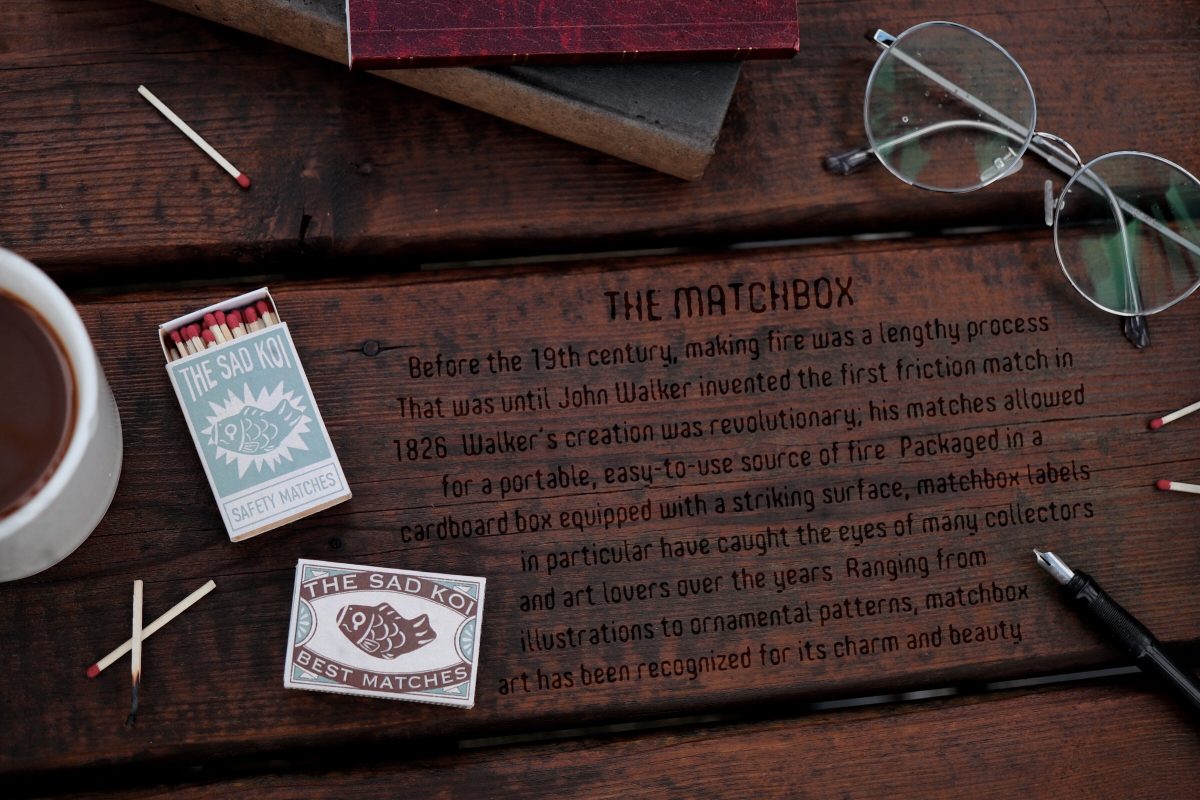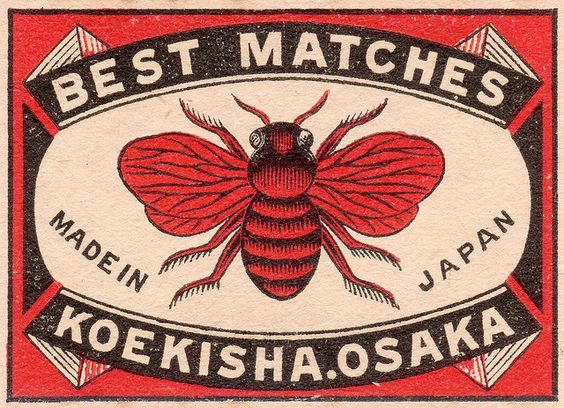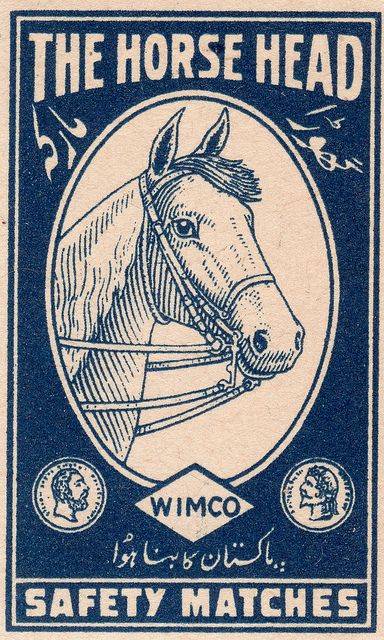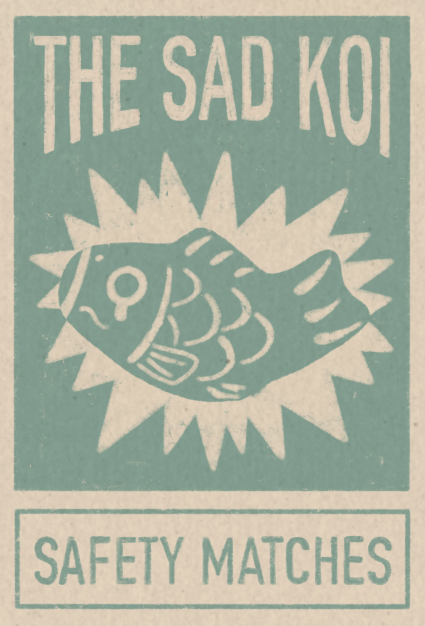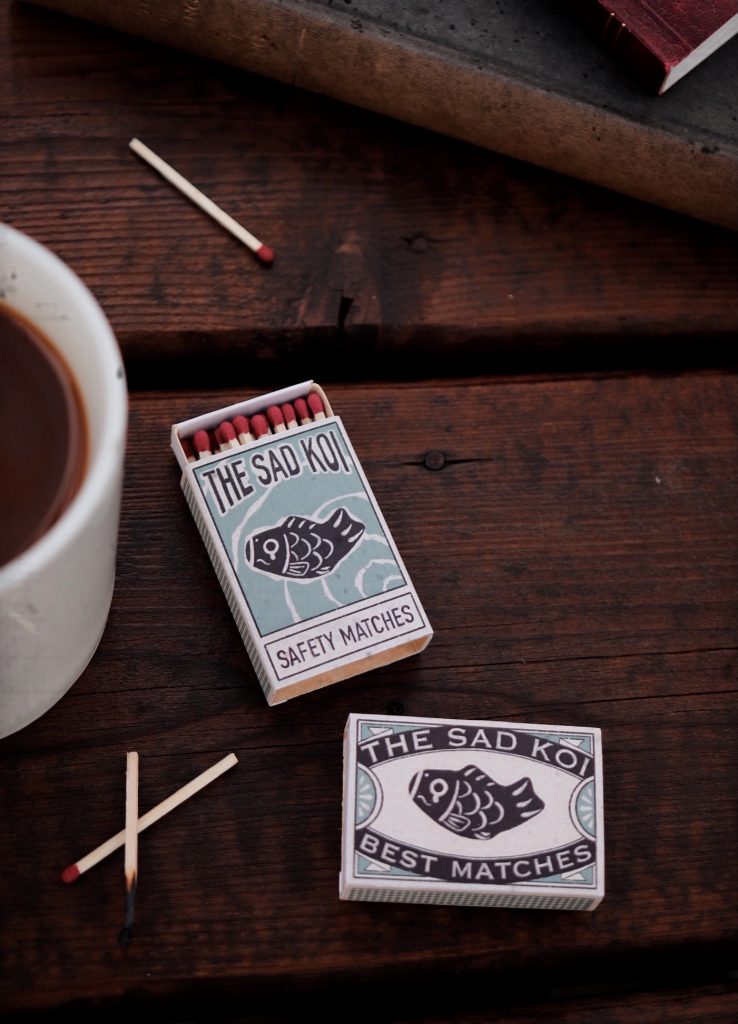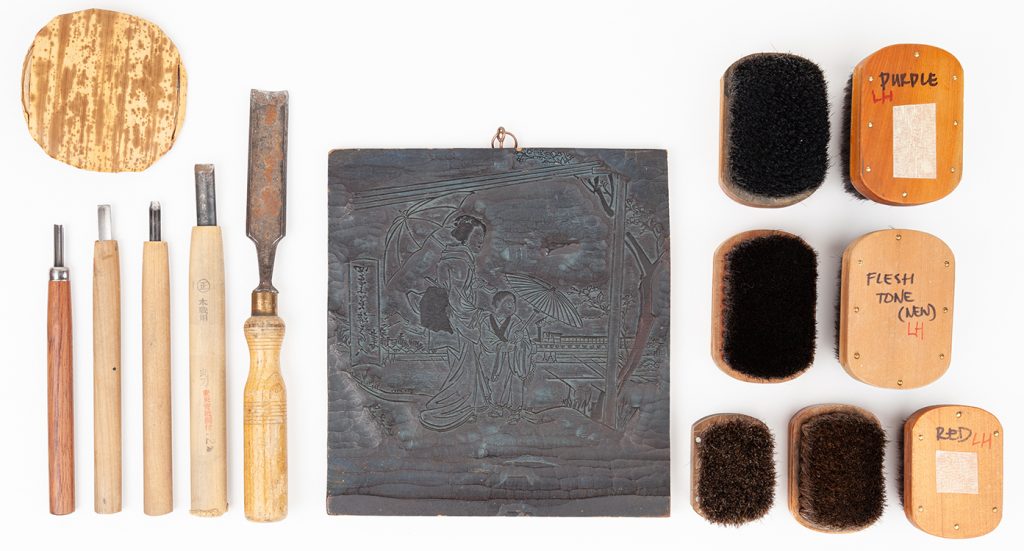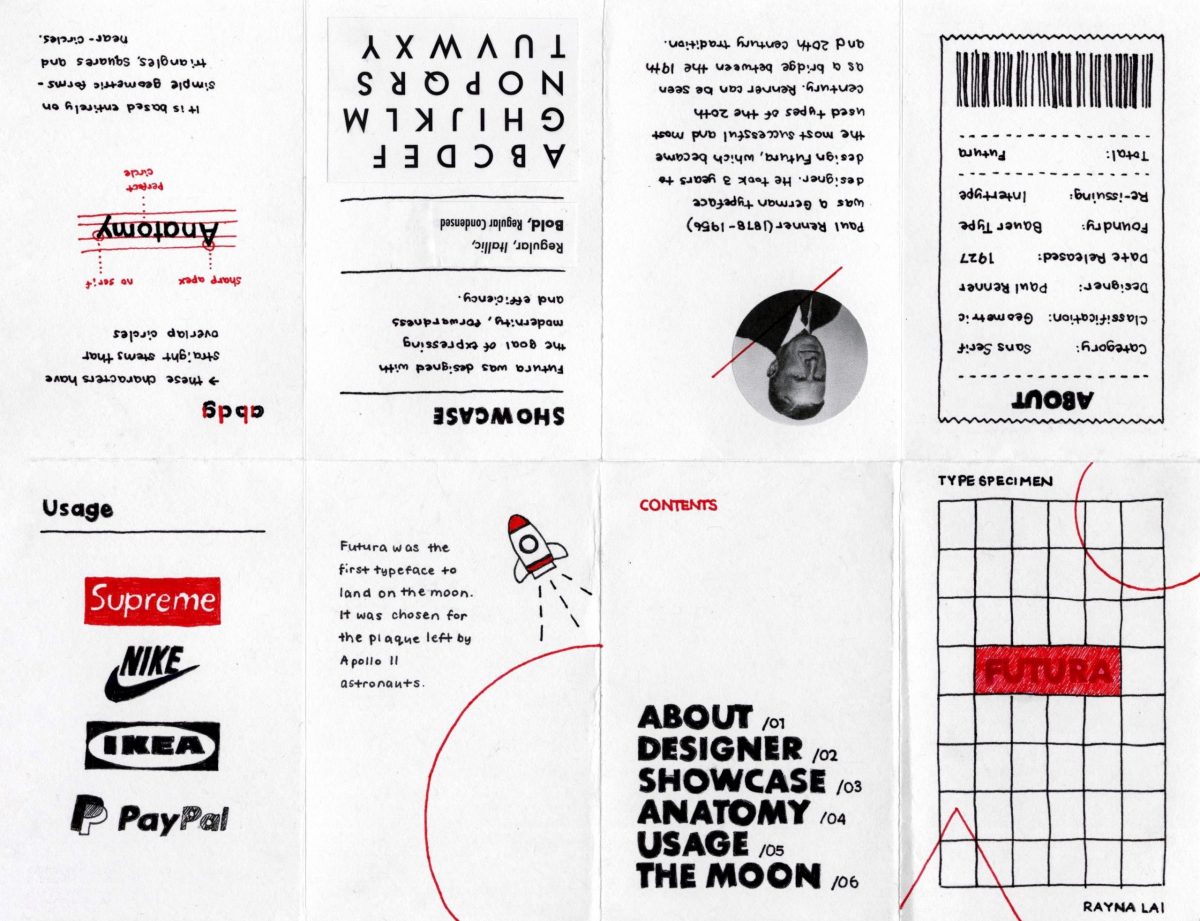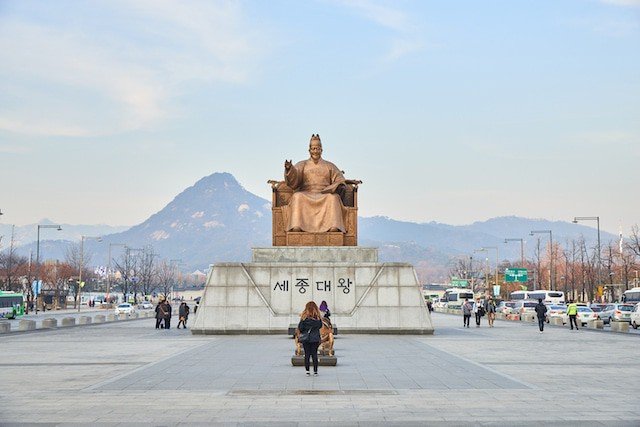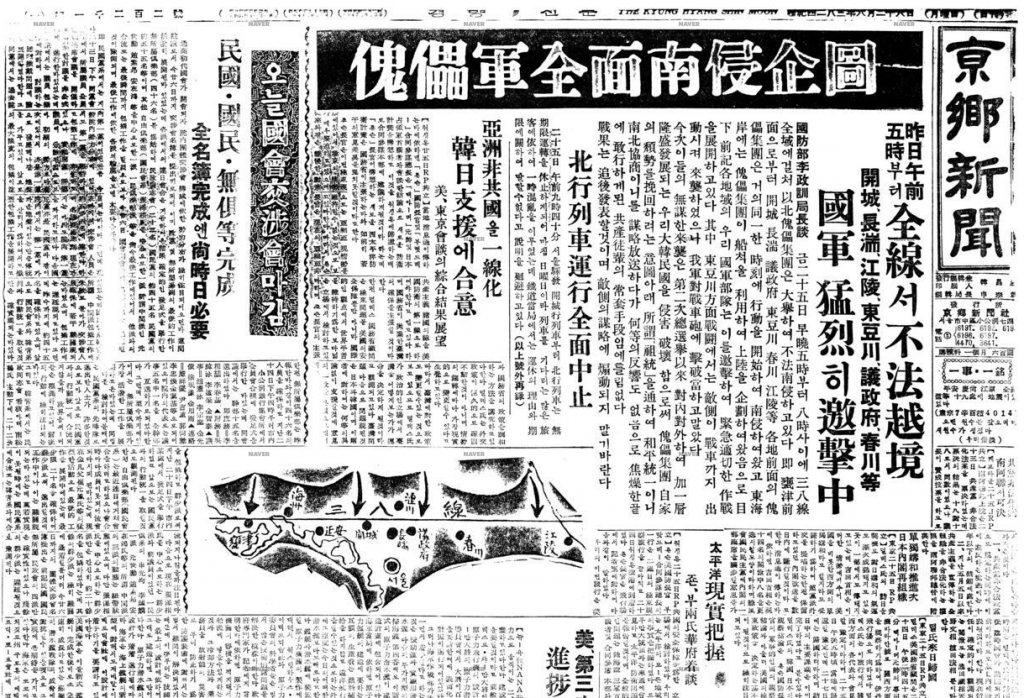For our final project, we were tasked to create a handmade identification poster that shares the history of type. My main two ideas for the poster was to either make it look like a newspaper or a restaurant menu. After experimenting with different layouts in my sketchbook, I eventually settled on the menu idea.
Firstly, I used the name of the restaurant as the title of the poster – Cafe Type ID (ID meaning identification). Rolling with the menu concept, I decided to include words of various cafe food items and set them in the typefaces I wanted to showcase. By breaking down each typeface’s anatomy, I pointed out their different characteristics and labelled them with numbers. To make the poster look more like a menu, I referred to each number by writing them on the side like they were the prices of items. Underneath each type category, I wrote out a very brief description of the typeface using my research. Drawing inspiration from the “badge” you sometimes see on menus that indicates whether an item is new or recommended, I labelled each typeface category with “serif” or “sans-serif”. The layout was finalized using the computer and then with a ruler, I grided up my 11″ x 17″ paper so that all the written information and boxes were straight and aligned. If you thought it was odd that all the food items were written so neatly, it was because I printed out all the words and traced them.
If I were to give myself a mark out of 10, I would give myself a 9. With the amount of information we were supposed to put on the poster, it was challenging to figure out a way to organize everything without making it look cluttered. However, I think I did a good job with the clean layout. A downside to the cleanliness though, was it made the poster lack a bit of character and not as interesting to look at in my opinion. If I were to go back and spend more time in the planning process, I would’ve maybe added a few illustrations of the food items to make it more visually appealing and engaging. Also, with the amount of tracing and small text I was writing, my hand cramped a lot so I had to take frequent breaks which extended the amount of time I spent making this poster. From research to final execution, I spent roughly 10 hours on this project. Overall, I’m satisfied with the outcome of my menu design and I found that it was a good way to review the things we learned in class.

